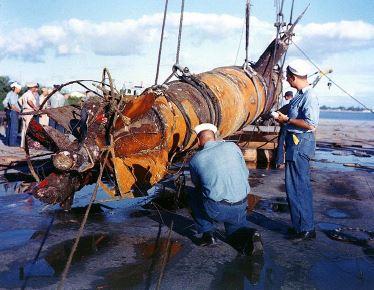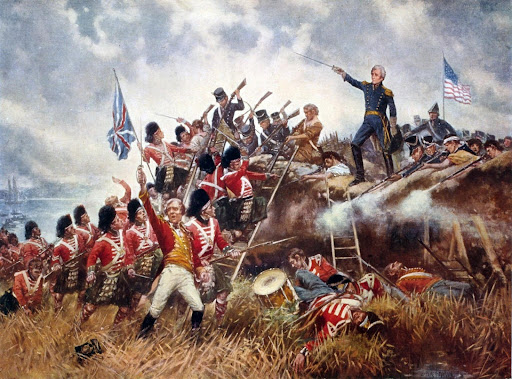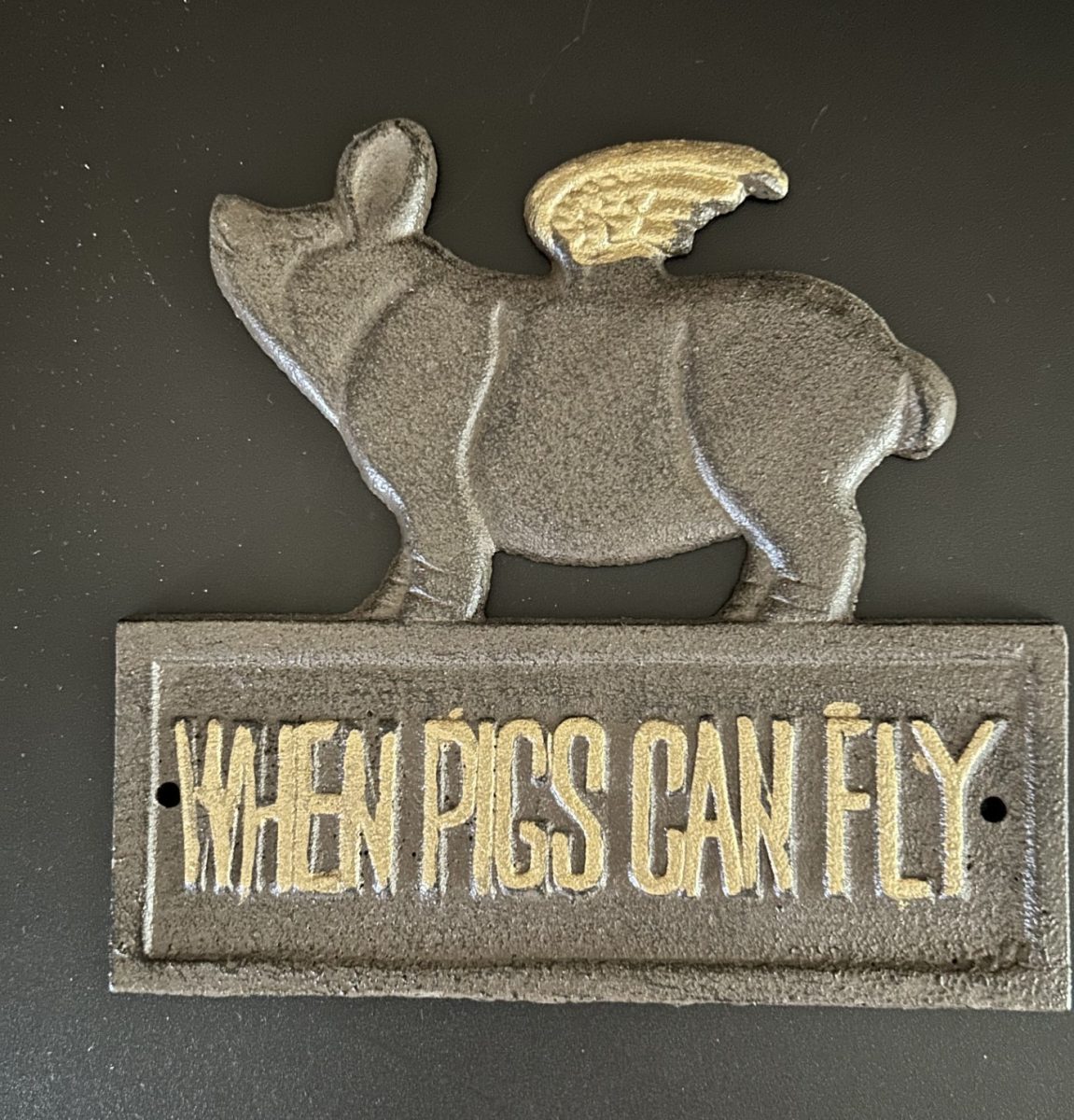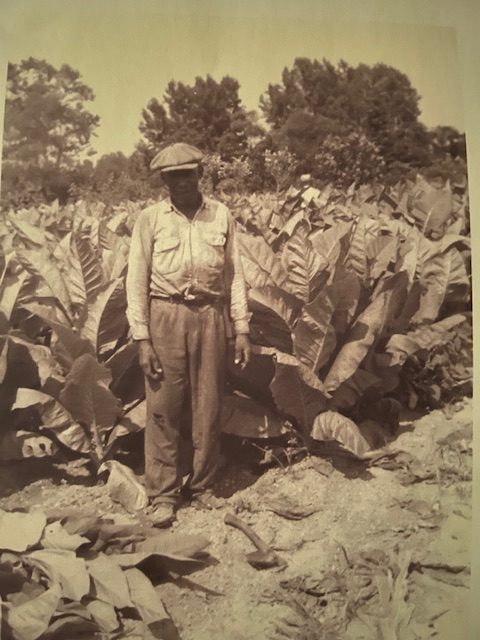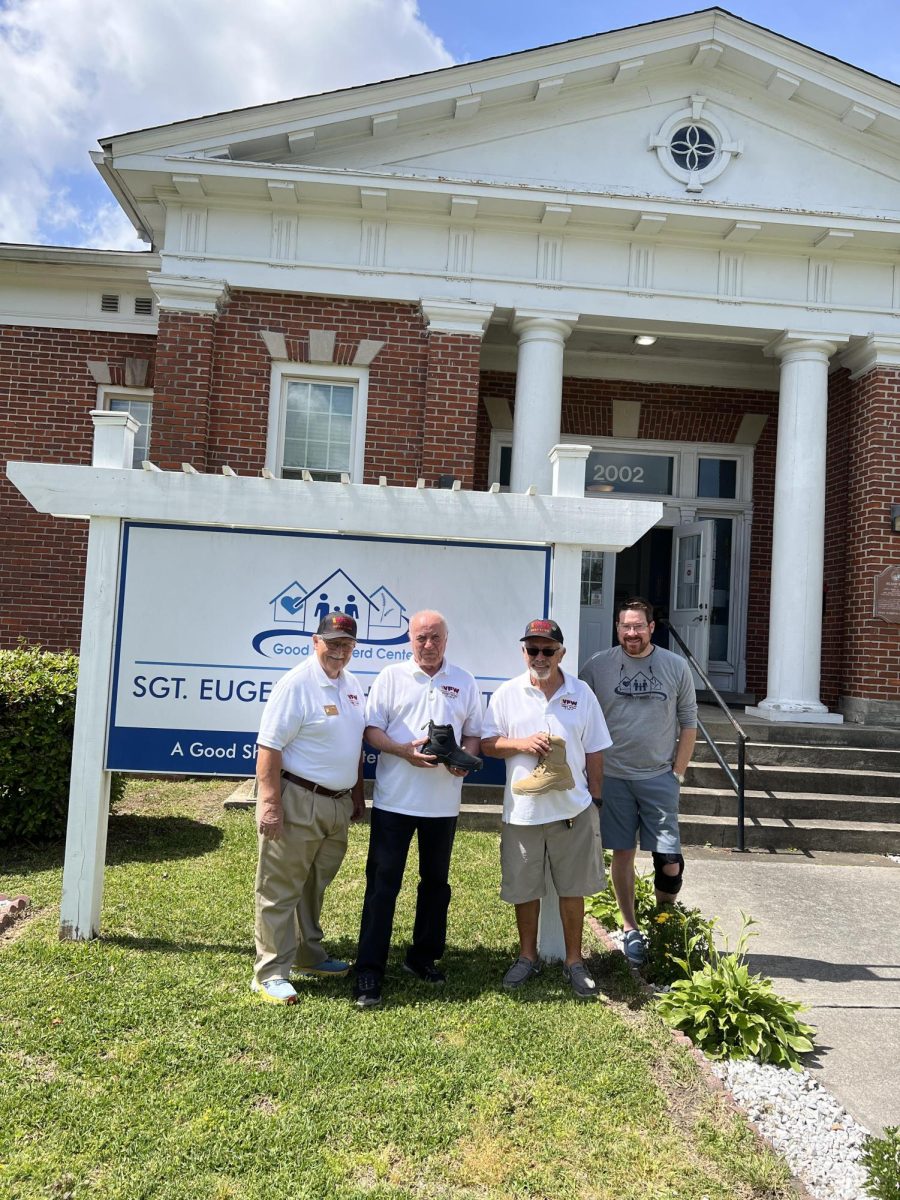Much has been written about the Japanese attack on Pearl Harbor in 1941, but little about one aspect of the attack — the midget submarines.
In the pre-dawn of 7 December, five Japanese submarines, called “mothers” in that they carried top-secret “midget submarines” named the Special Attack Unit surfaced and deployed midgets that were attached to their decks.
Each midget had a crew of two and was powered by batteries that had an endurance of 12 hours before being recharged by its “mother.” The armament included two torpedoes, and each also had a scuttling charge as a self-destruct device. The midgets’ mission was to follow inbound ships into the harbor, surface and fire their torpedoes at US ships during the aerial attack. They would then escape the harbor and rendezvous with their “mothers.”
At 0342 on 7 December a US minesweeper spotted the periscope of midget HA-20 and alerted a nearby destroyer. Ninety minutes before the air attack began, the destroyer fired the first shots of World War ll, putting a hole through the midget’s conning tower. The midget submerged and the destroyer dropped depth charges. The destroyer immediately reported the sinking, but the report wasn’t delivered until too late to provide an advance warning. In 2002, the Undersea Research Laboratory discovered the midget intact with both torpedoes still in their tubes. The remains of her crew are most likely still on board.
HA-22 may have been the only midget to make it into Pearl Harbor successfully. It fired both torpedoes, hitting nothing. Shortly thereafter a destroyer spotted HA-22’s conning tower, headed for the midget and rammed it at 0843. The destroyer dropped depth charges and the midget sank. HA-22’s wreck was recovered shortly after the attack and was used as fill during a Harbor expansion. It was uncovered again in 1952 but was badly damaged and reburied at the same location. The remains of the crew likely remain aboard.
HA-19’s steering malfunctioned with the midget hitting two reefs. It washed ashore on 8 December with both torpedoes unfired. The captain swam ashore, fell unconscious on the beach and was captured at 0540. Hours earlier he had been piloting a midget on a mission to attack Pearl Harbor, but had now become the US’s first prisoner of World War II. He spent the rest of the war in a POW camp. HA-19 is now on permanent display at the American National Museum of the Pacific War.
HA-18 was discovered in 1960 near the entrance to Pearl Harbor It had been damaged by a depth charge and apparently abandoned by its crew before it could fire its torpedoes. It was raised with its hatch opened from the inside and its torpedoes still in place. The Japanese government requested that it be returned in 1962, it was restored and is on permanent display there now.
A-16 is a mystery. One possibility is that it was spotted by a destroyer, fired at by the destroyer’s gunners and fired a torpedo at the destroyer. It then fired a torpedo at a cruiser. The cruisier fired at what its captain believed was its conning tower. None of this was confirmed, but HA-16 was not seen again. Another possibility comes from a Japanese photo suggesting that a midget may have successfully fired torpedoes at two battleships during the air attack. The crew might then have exited the Harbor and scuttled the midget before perishing. HA-16 sent a message at 2241 on 7 December indicating “ successful attack” and then a second message at 0111 on 8 December claiming “unable to navigate.”
The Undersea Lab found HA-16’s stern section in 1992, its midsection in 2000 and its bow in 2001. It had been partially destroyed by an internal explosion, probably the scuttling charge. Both its torpedoes had been fired, but it could not be determined if the hatch had been opened from the inside. If not, the remains of the crew are still inside.
In summary, five midget submarines carrying ten torpedoes were part of the Japanese attack against Pearl Harbor. Four were sunk and one was captured. Six torpedoes were never fired, two were fired hitting nothing and, two remain unaccounted for. Nine submariners died and one was captured. The three midgets still on the bottom are considered historic sites and war graves. The other two are on permanent display.

